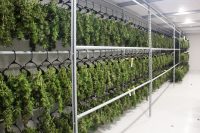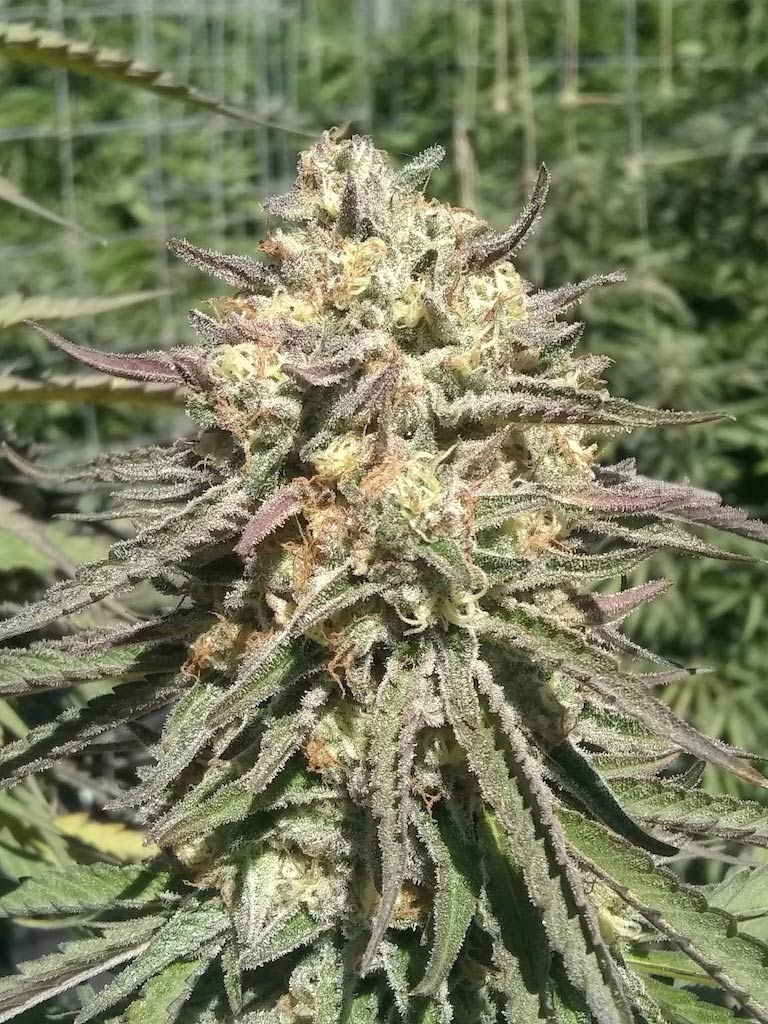It’s a different world growing cannabis in California- in fact, it’s a completely different experience than it was even four years ago. It can be overwhelming to begin the process, which is where an experienced cultivation consultant can help. This article will highlight 5 factors to keep in mind before you begin growing in California’s regulated recreational market.
Start Up – Costs, needs & endless variables
So you’ve decided to begin a recreational grow, here are the factors to consider before you get started.
Permitting, the necessary pre-cursor to cultivation, can be time- consuming, extremely expensive, and overwhelming. General experience dictates that any grow will take longer than planned and cost way more money than you ever expected or anticipated. Always account for more money and time than you think you need. Working with an experienced consultant can help you plan and account for all the costs and variables you may not have considered, prior to beginning cultivation, in order to ensure your success.

Equipment. When choosing what equipment to use, stick to reputable equipment manufacturers. Don’t just go with the latest high-tech gear because you see it on Instagram being advertised by a big, fancy grow operation. Stick to what you know best. Do your homework and research the equipment as much as possible, prior to purchase. Use equipment that has been tested and well documented with success. Some questions to ask yourself: is this necessary? Is it cost effective? Will it help me reach my goals?
Grow your business slowly and naturally. Getting too big too quick will most likely expose inefficiencies in your operating plan, which will be further compounded when production increases. Don’t sink before you can swim and start out on a massive scale before you have perfected your process.
Cultivation – It pays to design it right the first time
Success begins in the grow room. Never forget that. A properly engineered cultivation plan can be the difference between 3 and 6 harvests per year. Again, it is imperative here to do your homework. A well-thought-out plan can make or break you, and that is where an experienced cultivation consultant can help.
Set realistic expectations. Understand that growing boutique style cannabis is very difficult on a large scale, consistently. Don’t expect to grow perfect cannabis every time – it is unrealistic and can ultimately lead to failure if your financial model depends on it. Growing a plant, while mostly in your control, involves too many variables to rely on a perfect outcome round after round. You can do everything in your power, yet something unexpected can still happen and be detrimental to your yield, and therefore your profit. You must expect and plan for this.
Automating as much of your grow as possible is always a good idea. This will greatly reduce labor costs and more importantly, minimize human error. In some instances, it will even allow you to review data and information remotely, in real time, allowing you to ensure your cultivation site is always running as efficiently as possible, even when you aren’t there.
Processing – Don’t skimp on the process
If you are going to be harvesting cannabis for flower, it is imperative to have a properly built facility for drying, curing and storing your product. You must consider that this building will need to be large enough to house and properly store all of your harvest at once. This can make or break your crop at harvest time. If you don’t have the capacity to handle your harvest properly, it can lead to disastrous issues such as mold or too quick of a cure – conditions which make your cannabis unsellable in the regulated market.

Although costly, if done correctly, you can also design this area to serve as your propagation, trimming, and breeding areas, which will ultimately save on costs in the long run.
Also keep in mind, hand trimmed cannabis will always look more appealing to the consumer than machine trimmed cannabis. However, hand trimming can be time-consuming, labor-intensive, and therefore far more costly than machine trimming. These are factors you will need to consider and budget for when deciding how to proceed. If you use a machine, you may save money up front, but will you be able to sell your cannabis at full price?
Distribution – Have a plan
It is a good idea to have a plan for distribution, prior to start up. If you have an agreement with a retail outlet (or contract with a distributor) in writing, you will protect yourself from financial failure. Cannabis will never grow more valuable over time, therefore, you want to have a plan in place for distribution, as soon as the cannabis is harvested and processed. Just as was the case in the black-market days, you never want to hold on to your cannabis for long periods of time.
Do not distribute without agreements in writing! While some oral agreements may be enforceable, it will be extremely costly to litigate. Therefore, you should plan to hire a lawyer beforehand to create fail-proof agreements that will hold up in court, should a distributor not pay you for your product.
Sales – Build your brand, but be realistic
Building your brand is important. And if you don’t produce your own high-quality flower you cannot expect to have a product up to your standards. Your brand will not be successful if you cannot consistently provide consumers with high quality cannabis. Relying on other growers to produce your cannabis for you is risky to your brand. Even if you are a manufacturer, you may not be able to rely on other suppliers to maintain the quality volume you need in order to manufacture your products consistently.
 The regulated market in California is new. Therefore you must necessarily account for a great degree of price fluctuations in the market. When creating your budget at the outset, you must account for fluctuations in profit. Knowing when prices are going to be at their lowest can help you avoid having an oversupply of inventory. It can also help you avoid such situations by planning your cultivation/harvest accordingly.
The regulated market in California is new. Therefore you must necessarily account for a great degree of price fluctuations in the market. When creating your budget at the outset, you must account for fluctuations in profit. Knowing when prices are going to be at their lowest can help you avoid having an oversupply of inventory. It can also help you avoid such situations by planning your cultivation/harvest accordingly.
There are both consumer and government influenced market trends that can affect your bottom line. These must be accounted for at the outset.
On the consumer level, you must know what people are buying and how they are consuming. And these factors can change quickly with the introduction of new technology, methods or new devices intended for cannabis consumption. You must stay on top of these trends.
The government regulations can also affect these trends. Products used for cultivation can become banned, i.e. products you once relied on in your cultivation can be found to have contaminants known to cause test failures, even in “approved products.”
Ultimately, all of these factors can make or break your success, and therefore, must be considered, researched and accounted for prior to beginning your cultivation in the regulated market. Working with a consultant with over 20 years of grow experience, and more importantly, extensive experience in large scale cultivation in the regulated market, can help you achieve the success you desire. Cultivation in the regulated market is costly, but working with a consultant can help you cut costs at the outset, and save you from unexpected expenses in the long run.



